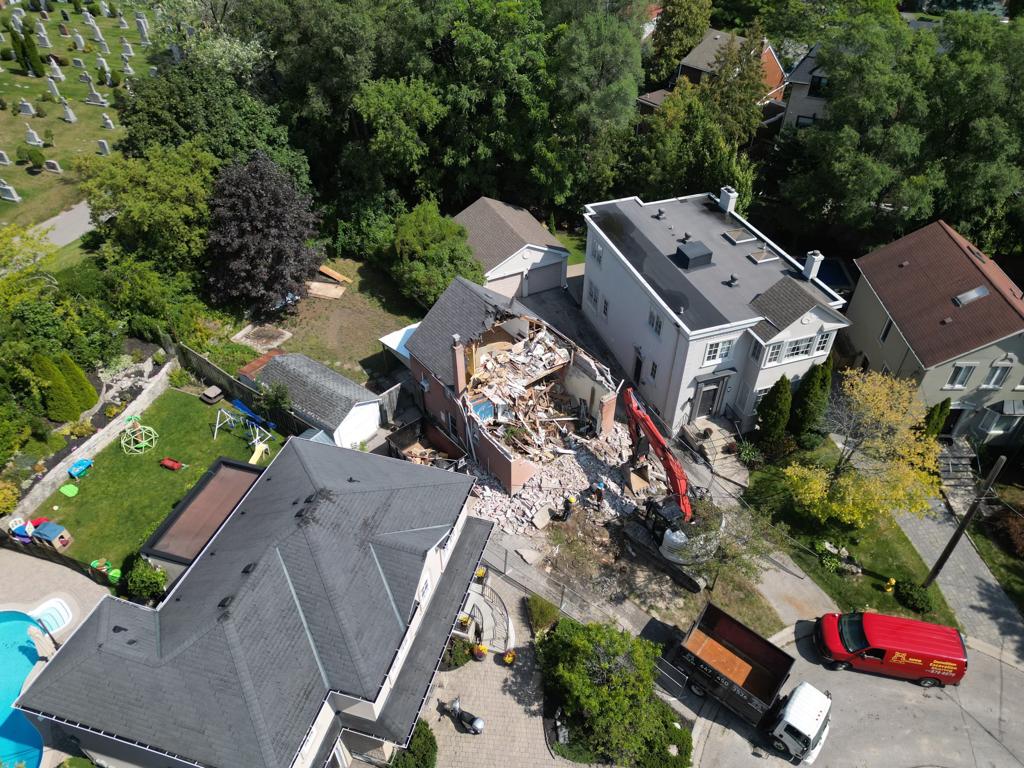Methods and Safety Measures
Demolition is a crucial aspect of the construction industry, involving the systematic dismantling of structures to make way for new developments. Whether it’s an old building, a bridge, or an industrial facility, demolition ensures the safe and efficient removal of existing structures while minimizing risks and environmental impact.
In this article, we’ll discuss the different types of demolition, the process involved, and the key safety measures required for a successful demolition project.
Types of Demolition
- 1 Mechanical Demolition This is the most widely used method, involving heavy machinery such as excavators, bulldozers, and wrecking balls to break down buildings efficiently. It is ideal for large-scale demolitions.
- 2 Deconstruction (Selective Demolition) A more eco-friendly approach, deconstruction involves carefully dismantling a structure to salvage materials like wood, bricks, and steel for reuse or recycling.
- 3 Implosion Demolition Used for high-rise buildings and large structures, this method involves placing explosives at strategic points to bring down the structure in a controlled manner.
- 4 Hand Demolition For small projects or delicate areas, manual demolition is carried out using hand tools such as hammers, saws, and drills. This method ensures minimal damage to surrounding structures.
The Demolition Process
- 1 Site Inspection and Planning Before demolition, engineers and safety experts conduct structural assessments and surveys to determine the best demolition method. Permits and environmental clearances are obtained.
- 2 Hazardous Material Removal If the building contains hazardous materials like asbestos, lead, or chemicals, they must be safely removed before demolition begins.
- 3 Safety Precautions and Area Securing To protect workers and the public, demolition zones are fenced off, warning signs are placed, and nearby buildings are assessed for potential risks.
- 4 Demolition Execution The selected demolition method is carried out using heavy machinery, explosives, or manual techniques. Debris is managed and cleared systematically.
- 5 Site Cleanup and Waste Disposal After demolition, the site is cleared of debris, and materials are sorted for recycling or disposal. Some materials, like concrete and metal, can be repurposed for future construction.

Equipment Used in Demolition
Safety Measures in Demolition
Conduct Structural Assessments:
Engineers should analyze the stability of the structure before demolition.
Use Protective Gear:
Workers should wear helmets, gloves, goggles, and respiratory masks.
Secure the Area:
Pedestrians and nearby structures should be protected from falling debris.
Follow Proper Waste Disposal:
Debris should be disposed of following environmental regulations.
Emergency Preparedness:
First-aid and fire safety equipment should be readily available on-site.
Conclusion
Demolition is a key process in the construction industry, enabling the transformation of old or unsafe structures into new developments. By using the right methods, equipment, and safety measures, demolition can be executed efficiently and responsibly.
At Hippo Excavation, we specialize in safe and professional demolition services in Toronto and surrounding areas. Whether it’s a residential, commercial, or industrial project, our experienced team ensures a smooth and hassle-free demolition process.
📞 Call us today: (416) 876 8970
🌐 Visit our website: hippoexcavation.ca
